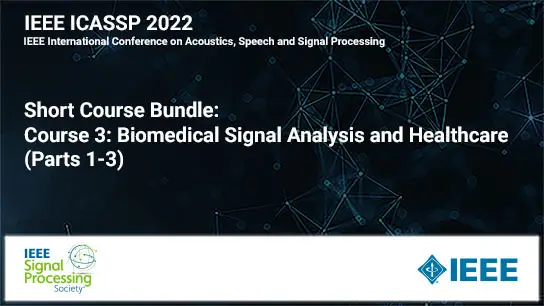Airogs: Artificial Intelligence For Robust Glaucoma Screening Challenge
Firas Khader, Satoshi Kondo, Edward Wang, Teresa AraГєjo, He Wang
-
Members: FreeSPS
IEEE Members: $11.00
Non-members: $15.00Length: 01:03:24
28 Mar 2022
Glaucoma is a leading cause of irreversible blindness and impaired vision. Early detection of this disease can avoid visual impairment, which could be facilitated through glaucoma screening. Glaucomatous patients can be identified with the use of color fundus photography (CFP). The analysis of CFP images performed by human experts, however, is a highly costly procedure. Artificial intelligence (AI) could increase the cost-effectiveness of glaucoma screening, by reducing the need for this manual labor. AI approaches for glaucoma detection from CFP have been proposed and promising at-the-lab performances have been reported. However, large performance drops often occur when AI solutions are applied in real-world settings. Unexpected out-of-distribution data and bad quality images are major causes for this performance drop. To initiate the development of solutions that are robust to real-world scenarios, we propose the Artificial Intelligence for RObust Glaucoma Screening (AIROGS) challenge, for which we provide a large screening dataset with around 114,000 images from about 60,000 patients. We split the data in a training set with about 102,000 gradable images (from referable and non-referable glaucomatous eyes) and a closed test set with approximately 12,000 (both gradable and ungradable) images. To encourage the development of methodologies with inherent robustness mechanisms, we do not include ungradable data in the training data. To test robustness, we will evaluate the ability of solutions to distinguish gradable from ungradable images. Furthermore, glaucoma screening performance will be assessed by considering the detection performance of referable glaucoma in gradable data.



